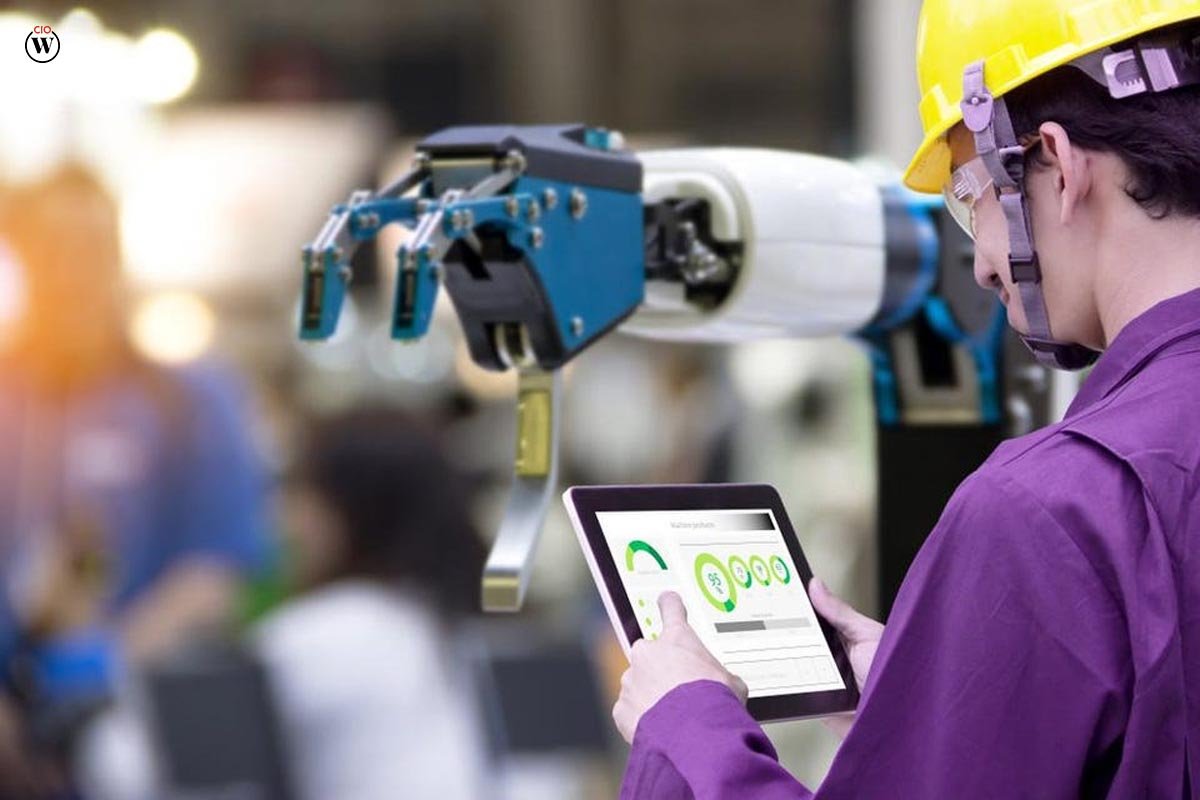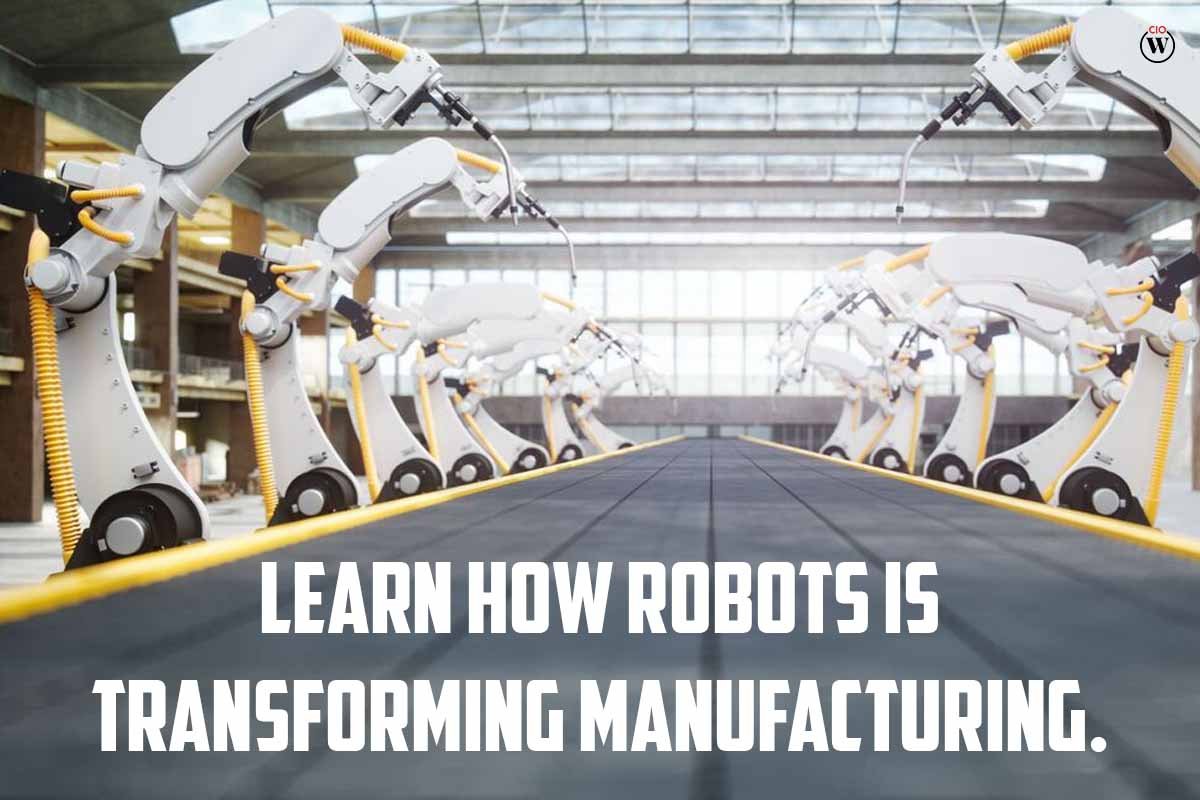The advent of robots is influencing practically every sector, with Robots are Transforming Manufacturing being the most affected. We may witness an increase in production if we include robots in industrial processes and factory operations. This is due to increased efficiency, which leads to an increase in income.
Robotics has undoubtedly aided the industrial business in automating various procedures. Ford is one of the most well-known examples, with thousands of robots functioning on their production lines today. While it’s true that certain services such as the use of MEP consultants for factory design or logistics are untouched (for now), it’s quite impressive to see how manufacturing services are embracing this new tech.
Here are 5 Points on How Robots are Transforming Manufacturing;
1. Working with raw materials
A manufacturing organization may have to deal with dangerous, chemical materials. This certainly puts employees at risk, raising the chance of losing precious human lives and exposing the door to litigation Robots are Transforming Manufacturing. This is where automation comes in, filling duties that are just too dangerous for humans.

Robots can effortlessly handle toxic chemicals, radioactive substances, and a variety of other materials without putting themselves at risk. You can use robotics to create programs that provide exact handling without human mistakes. Even if the worst occurs, you’ll just be dealing with a mechanical repair rather than death or significant harm.
Robots may also help reduce product damage in warehouses. This is because, if properly designed, they are less likely to mishandle equipment. Manufacturing companies can also equip robots with safety laser scanners that further enhance safety in the factory or warehouse. These scanners help robots understand the areas around them and will stop them from bumping into objects and damaging equipment. Mistreatment of human labor has historically cost employers and factory owners a lot of money. Such expenses are projected to fall dramatically as a result of robots.
2. Expanding capacity
Using robotics is supposed to boost the manufacturing industry’s production capacity since robots will help clean areas, save on all types of utilities, and create a good return on investment (ROI) in two years. Use the Lean Robotics ROI Calculator to see how long it will take to recoup your robotic investment.
Robots have also helped domestic firms compete with cheaper offshore firms by lowering the former’s expenses. Robots will also increase production productivity and improve manufacturing site safety. All of this adds up to reduced total costs, higher quality, and higher profit margins for local businesses. Utilizing robots to improve the economics of the industrial sector as a whole.
3. Job creation
Employees in the industrial business are often uninterested in the idea of robots revolutionizing their industry Robots are Transforming Manufacturing. The fundamental reason for this apprehension is that machines and robots have already taken over many people’s occupations. They include boring assembly-line activities, precision component handling, and exact processes.

But, it is equally important to consider the other side of the work in the industrial industry. Robots may have taken over some tasks, but they would have gone overseas instead of being given to employees in industrialized nations. The home nations for robot production, on the other hand, gain the occupations that robotics produce, such as monitoring, overseeing, and manual repairs.
In reality, robots free up employees, allowing them to develop and optimize abilities of interest. They may also improve their skills in areas where employers need physical labor the most. Another benefit is that employees in developed countries are no longer forced to work in low-wage, unskilled labor-intensive occupations. The existence of Robots are Transforming Manufacturing and will allow them to be freed up to pursue additional management roles or anything else that piques their interest.
4. Participating in 24-hour production activities
Because of the advent of robots, operations may now last for a longer period, even all day if necessary. With most sections of the world’s population expanding, product demand will only rise. To meet this need, companies and industrial facilities have turned to robots to increase production capacity and manufacturing time Robots are Transforming Manufacturing.
Whereas a human worker is susceptible to tiredness, overwork, a lack of enthusiasm, and labor regulations, robots are not. When a person is overworked, the quality of their job suffers. This might endanger them and others while also creating financial damage to a manufacturing business.
Robots, on the other hand, may readily function around the clock if properly maintained & Robots are Transforming Manufacturing. They would not be affected by fatigue until a machine needed to be cooled down for an hour or so. Of course, people should be present in a supervisory position to ensure that there is no malfunctioning.
5. Improving Collaboration
When it comes to the manufacturing business, teamwork is quite vital. Manufacturing firms often work with construction companies, retail companies, and others. Again, advances in robotics may significantly aid in changing cooperation strategies utilized with humans and other systems Robots are Transforming Manufacturing. Robots outfitted with tracking sensors, for example, can detect movements and so work with humans. They may even work in situations where they are isolated from other people, such as warehouses.

Manufacturing prototyping necessitates a high degree of accuracy and quality. Using robots in the mix will guarantee that you accomplish these objectives to the greatest extent possible. Fast tooling, prototype, and low-volume injection molding services in China provided by 3ERP are all made feasible in some manner by robotic development. This is because the employment of robots has made the creation and manufacture of numerous machinery and goods much safer, more dependable, and standardized Robots are Transforming Manufacturing. It has also improved manufacturing process repeatability, which is critical in such projects.








